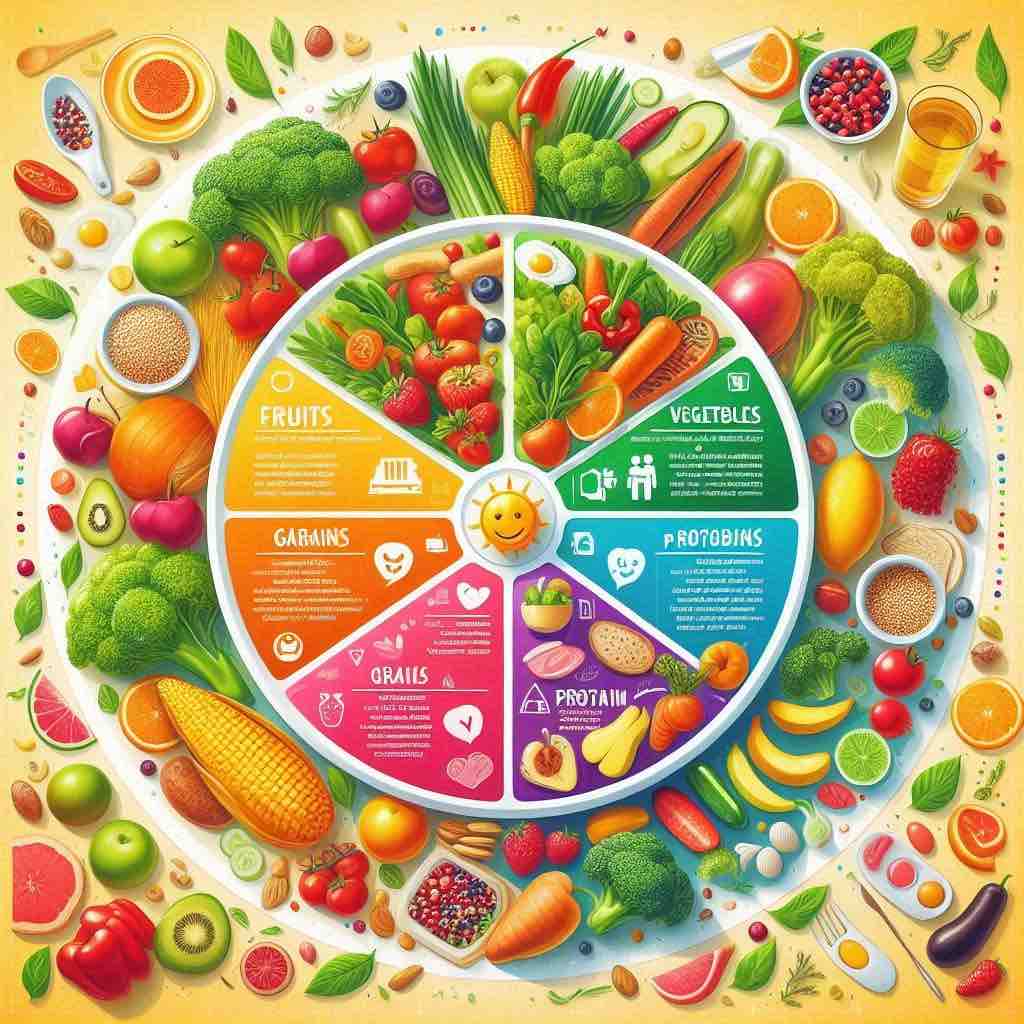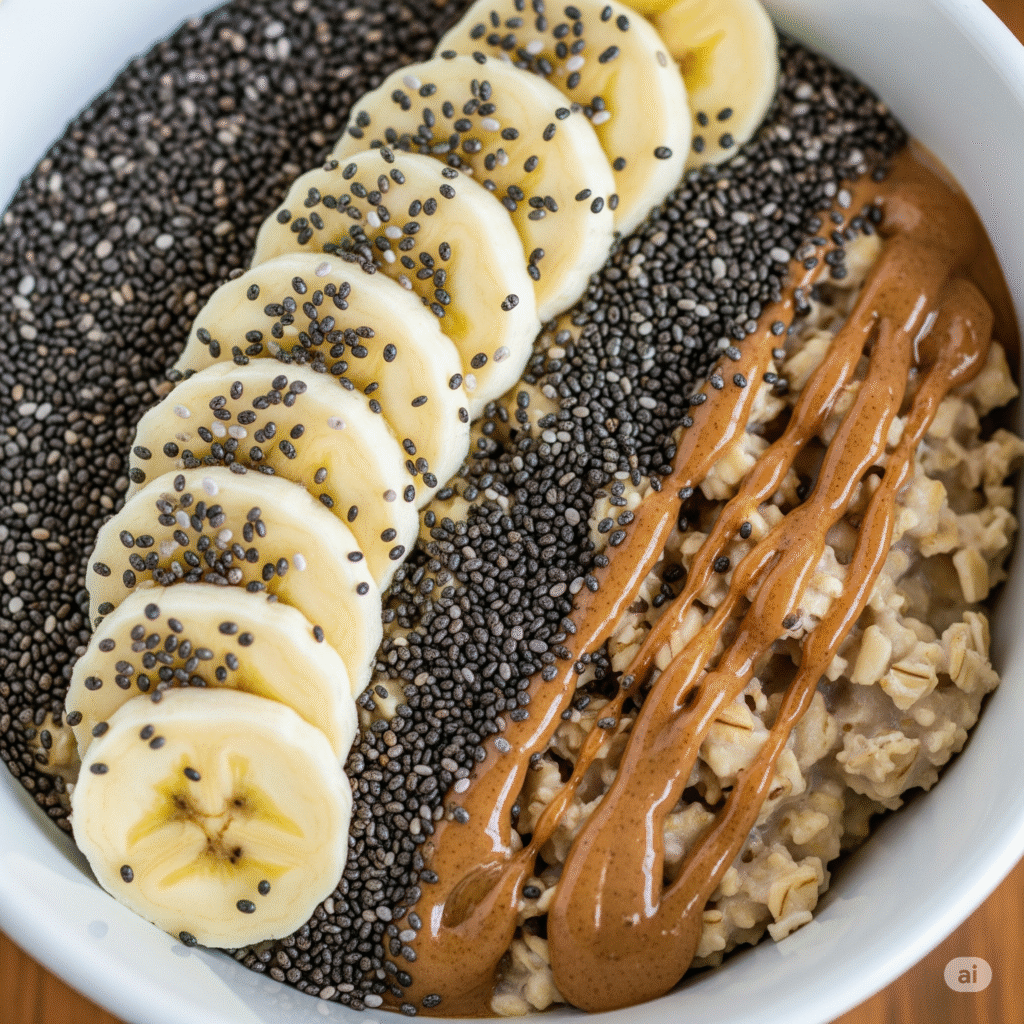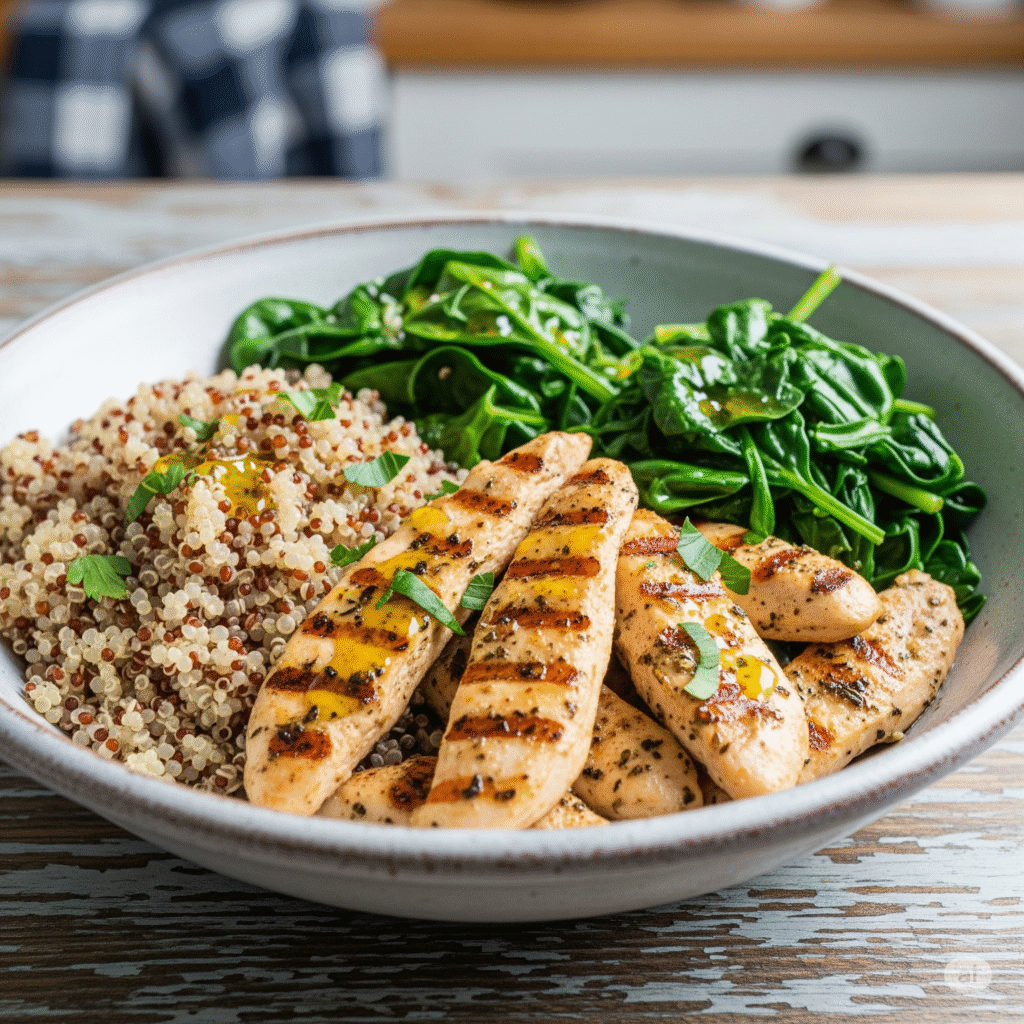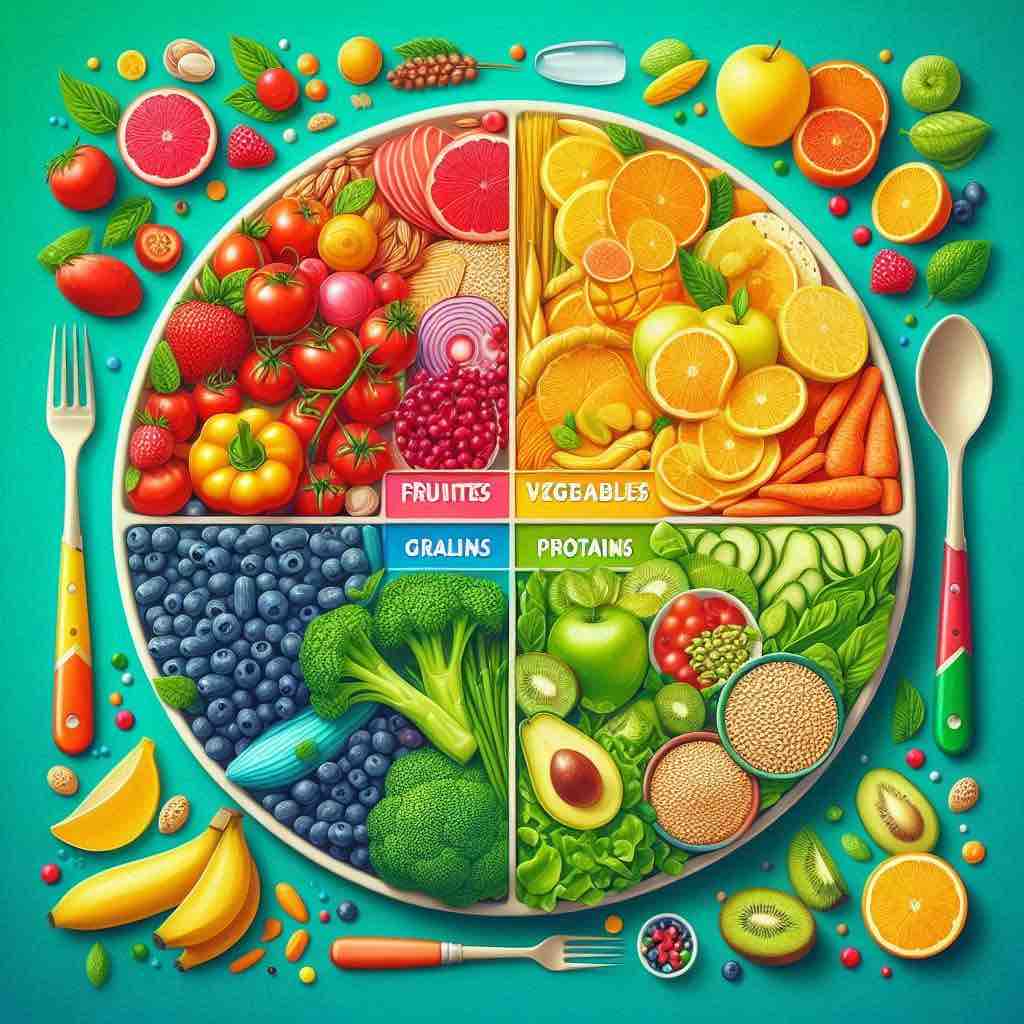Introduction
Ever wonder how to eat in a way that keeps you full, energized, and supports your health without feeling restrictive? The secret lies in learning how to create a truly balanced meal. A truly nutritious plate isn’t just about what you eat, but also the proportions and combination of nutrients. When done right, it helps stabilize your blood sugar, keeps you satisfied longer, and provides your body with the essential fuel it needs for optimal function. Here’s a simple, actionable formula to help you create well-rounded meals every time.

How to Build a Balanced Meal: The Simple Formula
Mastering how to build a balanced meal is easier than you think. It’s all about understanding the key components and their ideal proportions.
The Balanced Plate Formula:
Think of your plate as a guide, dividing it into sections to ensure you hit all the necessary macronutrients for a truly balanced meal:
- ½ Plate = Vegetables: These are your non-starchy powerhouses. Load up on a variety of colorful veggies like leafy greens (spinach, kale), broccoli, cauliflower, carrots, bell peppers, or green beans. Vegetables are packed with vitamins, minerals, antioxidants, and fiber, which helps with digestion and keeps you full. They are the cornerstone of any balanced meal.
- ¼ Plate = Lean Protein: Protein is crucial for satiety, muscle repair, and growth. Choose lean sources such as grilled chicken breast, fish (like salmon or cod), tofu, tempeh, lentils, beans, or eggs. Aim for a serving roughly the size and thickness of your palm. This component is vital for a satisfying and complete meal.
- ¼ Plate = Whole Grains or Complex Carbs: These provide sustained energy. Opt for whole grains like brown rice, quinoa, farro, whole wheat pasta, oats, or starchy vegetables like sweet potato or corn. Complex carbohydrates release glucose slowly, preventing blood sugar spikes and crashes, making them a key part of your nutritious plate.
- + Healthy Fat: Don’t forget healthy fats! While not a “plate section,” a mindful addition is key to a complete and satisfying plate. Incorporate sources like a quarter of an avocado, a drizzle of olive oil or avocado oil, a small handful of nuts or seeds (chia, flax, pumpkin), or a spoonful of nut butter. Healthy fats are essential for hormone production, nutrient absorption, and long-lasting fullness.



Example Meals: Putting the Formula into Practice
Applying these tips on meal construction is straightforward with these examples:
- Lunch Bowl
- Protein: Grilled chicken or baked tofu
- Whole Grain: Quinoa
- Vegetables: Steamed spinach, roasted bell peppers, and cherry tomatoes
- Healthy Fat: A light drizzle of olive oil dressing
- Result: A perfectly portioned and balanced meal for midday energy.
- Vegetarian Dinner
- Protein/Carb Blend: Hearty lentil soup (lentils serving as protein and some carbs)
- Whole Grain: Brown rice
- Vegetables: Roasted cauliflower and a side salad
- Healthy Fat: A rich tahini drizzle
- Result: A satisfying and well-rounded meal without meat.
- Quick Breakfast
- Whole Grain: Rolled oats (cooked with water or unsweetened plant milk)
- Vegetables/Fruit: Sliced banana and a handful of berries
- Healthy Fat: A spoonful of chia seeds and a dollop of almond butter
- (Optional Protein Boost: Stir in a scoop of protein powder or add a hard-boiled egg on the side)
- Result: An energizing and well-composed meal to start your day.
Simple Portioning with the “Hand Method”
To make portion control easy when crafting your plates, use your own hand as a guide:
- Your Palm: Represents one serving of lean protein.
- Your Fist: Equals one serving of vegetables.
- Cupped Hand: Roughly one serving of whole grains or complex carbohydrates.
- Thumb: About one serving of healthy fats (e.g., the tip of your thumb for oil, or the whole thumb for nuts/avocado).
This intuitive method allows you to assemble nutritious meals without needing scales or measuring cups, making healthy eating accessible anywhere.
Summary
Learning how to build a balanced meal is a fundamental step towards consistent healthy eating. By following the simple “balanced plate formula” and using the easy “hand method” for portioning, you can create satisfying, nutritious meals that fuel your body and mind effectively. It’s not about perfection, but about making better choices more often to ensure every plate you prepare is a perfectly balanced meal.
Want even more practical health and wellness tips? Explore our full collection of articles in the Health Tips category.
Ready to Balance Your Plate?
What’s your favorite combination for a balanced meal? Share your ideas in the comments below!
कहानी 1: छोटी खुशियों का जादू
कहानी 1:…
Pin Valley National Park – A Hidden Himalayan Wilderness
Introduction Tucked…
Physics Made Easy: Disadvantages of Newton’s Second Law (Day 11)
Are There…
Barog – The Most Beautiful Railway Station in Himachal
Introduction High…
Unlock Restful Nights: Simple Tips for Improving Sleep Quality Naturally
Introduction Following…
Trekking and Adventure Spots in Mandi District
Introduction If…









